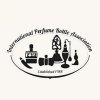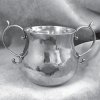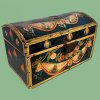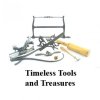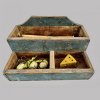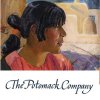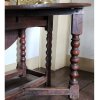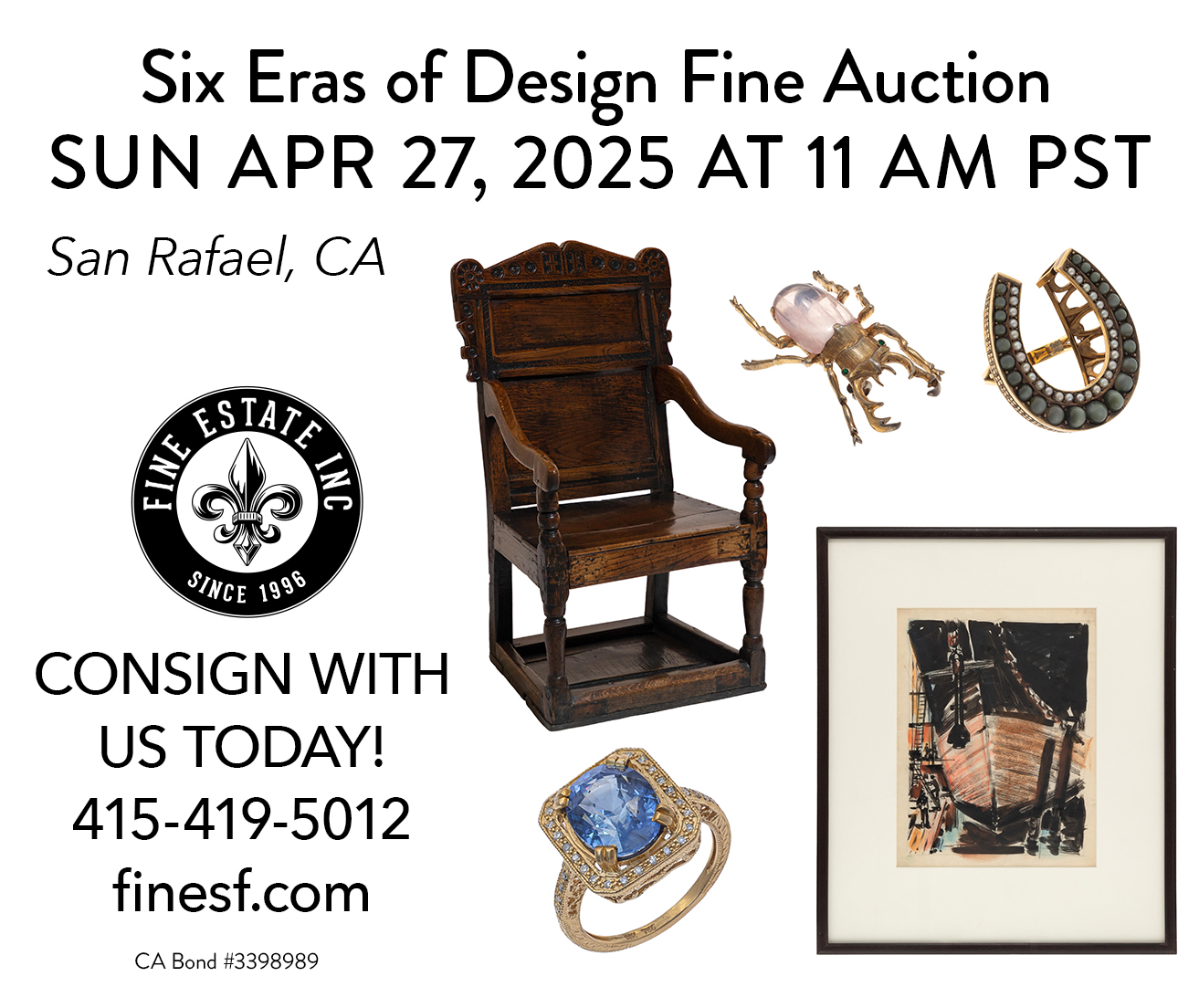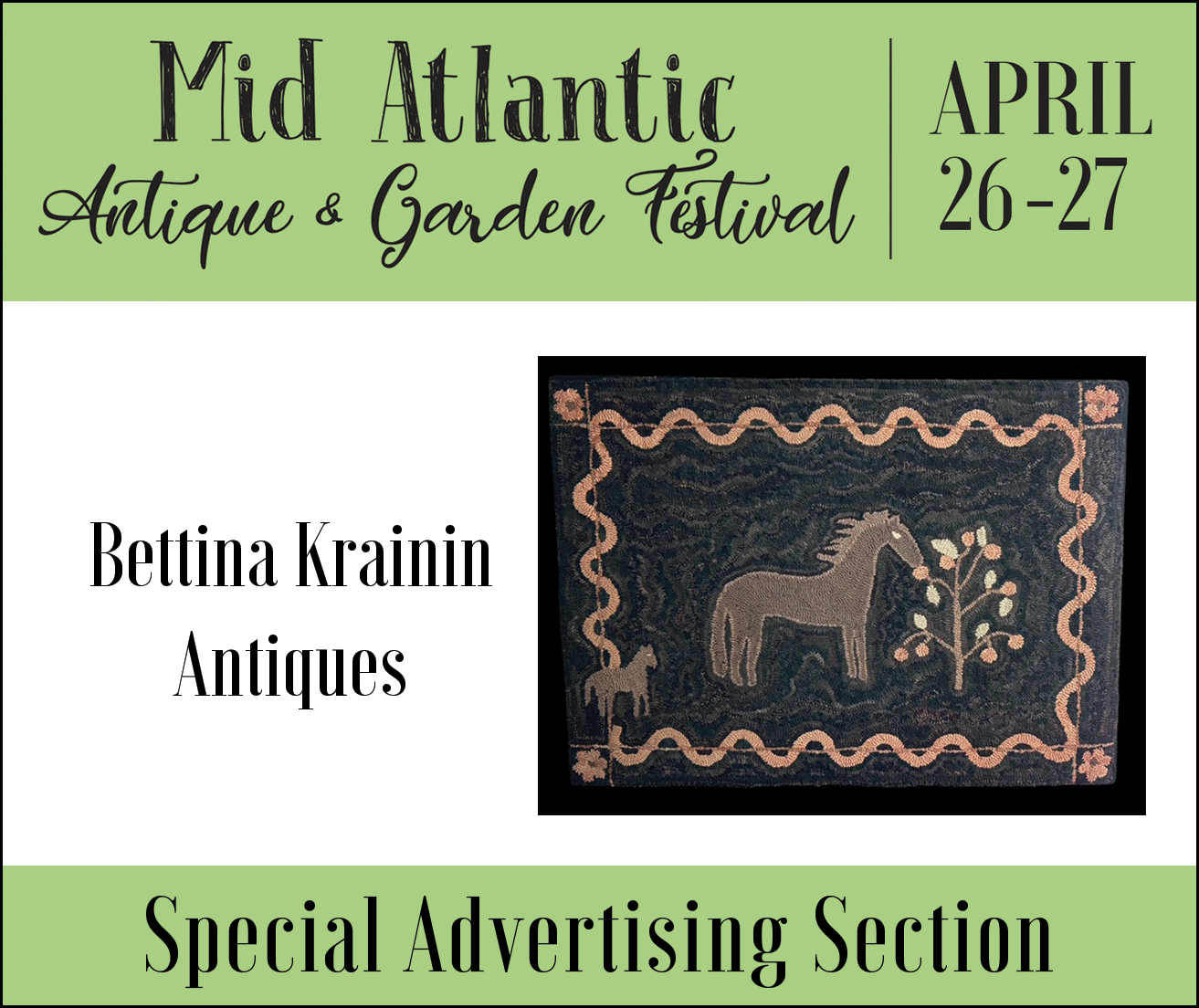Waukesha, Wisconsin
You’ve got to love a show that makes a big deal about honoring local traditions. In the case of the 51st Wisconsin Antiques Dealers Association (WADA) Winter Antiques Show & Sale, held January 31 and February 1, bragging rights extend beyond a traditional Northwoods fish fry supper on opening night and a special exhibit featuring participation by show sellers that is curated for each biannual show. Homage is also due to a hallowed but untested claim that each event is put on by the oldest continually functioning state antiques dealers association in the country.
Show manager Rick Kojis has been a member of the WADA executive board of directors since 2009, and each year the organization sponsors up to two $1000 grants to Wisconsin historical societies and museums. All that indicates stability and continuing support between sellers and buyers.

A long table near the entry offered rows of informational materials on upcoming antiques and collecting shows in the area and the Midwest. WADA’s secretary and advertising chairman Debbie “Powerhouse” McArdle, who sees all from her spot at the entry, reported that the question “Are all the free copies of M.A.D. gone?” is a frequent ask. They were, indeed, all gone.
According to WADA’s secretary and advertising chairman Debbie McArdle, paid attendance for the winter show ran close to 2000 visitors, besting attendance from the previous February show, and many new buyers appeared to be in the 20-to-50-year age group. Preshow online advertising listed 55 dealers from eight states, but contact information including phone numbers in the final show program listed 60 sellers. The show is held in Waukesha, Wisconsin, at the Waukesha County Expo Center, with three spacious halls and an amazing amount of free parking space. The admission was $8, with $1 off with cards advertising the event.
Entering at noon on the second day, we saw many young and middle-aged buyers leaving with packages. Walking the show, we sensed a general buoyancy in the air as buyers seemed to be serious about finding something they sought or something that they didn’t know they needed.
When covering last year’s winter show, we wrote that the prevailing mood was happy—as in pleased to be there— and it had nothing to do with a respite from Wisconsin’s harsh winters. It was all about the show. Part reunion of like-minded individuals and part meet-and-greet plus part treasure hunting, the Friday and Saturday show was a pleasure to attend.
Advance word from early attendees was that this winter’s show was the one to beat. While traditional offerings such as Depression glass, silver, and period bric-a-brac were on deck, it was the rarely seen and unusual that made attendance worthwhile, especially for Friday buyers, who tended to skew older, more knowledgeable, and more discerning. One seller who did phenomenally well on opening day characterized second-day buyers as under the thrall of online influencers and trends. And, he said, they tended to be uptight about spending. Of course, this was one person’s opinion.

The eclectic display from Karrin Olsson-DaBoll of Steeplechase Antiques, Crystal Lake, Illinois, included a large and tall Norwegian pine fiddle-front hutch from Ireland (partially seen), priced at $3495, and in the foreground a pair of concrete putti clusters at $295 each. One tops a $295 concrete urn. Other offerings were a pair of kudu horns at $250 and a pristine ostrich egg for $36. The circa 1853 large framed working drawing measuring 71¼" x 89 3/8" by José Thenée, an Austrian-born blacksmith and designer known today for his architectural designs and industrial style, was $2500.

Robert Lutz of Red Eye Antiques, Lindenhurst, Illinois, once had Chicago shops in two locations, but this was his first show after a 26-year hiatus from selling at shows. He added that on Friday, the first day of the show, he sold 14 eagles, most made of cast iron and all dating pre-1900, with the top price at $2300. Seen in his booth around noon of the second day, eagles that remained included a pair of 21" tall 1800s hand-carved Federal-style hearth eagles at $2200 the pair. They flanked, as he put it, “the big oak guy, possibly late 1800s.” Standing 23" high, the large example is fronted on a lower shelf to the right by a gilded pine Boston eagle tagged $650. The World War II “OPA” (Office of Price Administration) painted metal sign was $650, and the late 1800s terra-cotta architectural ornaments of harpies or wind sprites (partially seen) from a Milwaukee building were $785 the pair and sold before the show closed.
Having closed their shops because of “too much work,” new show sellers Robert Lutz and Karrin Olsson-DaBoll had phenomenal sales in their first-ever live show. Lutz was so reluctant to jump into the show pool after 26 years of selling from his Chicago shops that he cruised last year’s winter show before committing. As for Olsson-DaBoll, after 18 years of having a shop in Barrington, Illinois, she reported that in this, her first live show, “We did twice what we hoped.” That included selling to a younger buyer a French armoire of pine tagged “around $2000.”
“People told us ‘It is so nice to see a genuine antique,’” she continued, adding that “People do appreciate staging.”
Serendipity ruled throughout the show, as more sellers chose to join the live show world following improvements, including the routine addition of porters to handle heavy pieces and aid in setup and teardown. That addition will certainly continue to be a factor as more sellers age and bring curated personal collections to the public.
To close, we cannot resist another comment frequently overheard by McArdle from her customary meet-and-greet perch at the entry. It’s her favorite: “I’m just going out to my car to drop off these packages. I have more to pick up.” Everyone wins.
The upcoming October 3 and 4 show will mark the 74th fall show for WADA. For more information, visit the website (www.wisconsinantiquesdealers.com) or call (414) 510-4441.

From tots with their parents to post-teen attendees, younger shoppers at the show were a great positive sign. Twenty-five-year-old Julia Hedlak of Wind Point, Wisconsin, spent a good amount of time perusing a display of vintage valentines for a perfect example. Her goal was to find a special card for her boyfriend. As she put it, “Why pay over five dollars for a Hallmark card when you can find a vintage one with timely appeal for a dollar?” In short order, she found an unusual World War II theme card with a handwritten message on the back.

If there is a grande dame of the show, it is surely 91-year-old Pat Olson, who has 67 years in the business. As long as we can remember, the lady from Muskego, Wisconsin, has been seated close to the entry surrounded by chest-level cases packed with a variety of vintage and fine antique jewelry. Here she’s ready to meet and greet with longtime WADA customers who make it a point to stop for a chat.

From a Milwaukee estate, the oil on canvas portrait of a young boy with his toy was $3200 from Ron Christman. The late 19th-century oil on canvas landscape depicting the Wisconsin Dells was $595 from Christman. Note the sumptuous frames.

Ron Christman Antiques and Art, Wales, Wisconsin, had a packed space including, at floor level from left, a $125 blue-painted bread box, a wooden pantry box with a top handle for $155, and a $125 white box-shaped butter churn. Above is a round wooden hand-painted plaque decorated with a bluebird and nest for $165. Not seen is a $475 pair of circa 1840s twin wooden beds, each converted for use with a modern mattress and box spring.

Offered by Second Chance Antiques, Crandon, Wisconsin, the late 1800s workbench was $1150, and the Co-Op gas can was $25. The 1920s tin car was $550, and the sign on the floor was tagged $155.

The business card of Maki’s, Menominee Falls, Wisconsin, lists 12 collecting categories that the dealer buys, plus “ALMOST ANYTHING OLD,” a tag that surely extends to the panoply of miniature hand-painted porcelain portraits. By noon of the second day when this shot was taken, 24 examples ranging from $85 to $400 had sold to collectors and dealers. M.A.D. was told that “We met our expenses right there,” with the priciest already sold.

Wisconsin sellers Bill Heuter and Jill Kopatich of Relics & Rarities specialize in prehistoric and early Native American artifacts and antiques. Their display featured a number of historical items, including the Sioux bags shown here. An insurance appraisal shown at left indicates that the item is valued at $8700, but Heuter offered it at $5000. A 2023 online appraisal for the 12" bag at right identifies it as “Attributed to the Lakota Sioux, circa 1866-1890s.”

Sandra Fisher, a volunteer with the Wisconsin Historical Society, told us that many attendees ask her what is meant by “unwanted,” as in “DONATE UNWANTED ANTIQUES” stated on the banner behind her. Because she was constantly occupied with curious visitors, we never got to overhear an answer, but we did learn that the organization is all about reaching the public and that it sponsors activities such as a trip to northern Wisconsin by way of LaCrosse.

We spotted happy shoppers Sam Hersler and Jen Klarner of Watertown, Wisconsin, exiting with treasures from the show: a pair of $60 Italian glass grape clusters and two miniature oil lamps for $35. The show always has a wide range of merchandise for all wallets.

John Wanat of Indianapolis, Indiana, brought the circa 1910 folk-art tin trolley car priced at $1500 and the blue-and-white platter at bottom left priced at $300.

A maker’s mark on the table bears an impressed patent date of July 18, 1871.

Dan Fleming of Out and About Antiques, Garnavillo, Iowa, brought the sewing table with an open bottom, patented in 1871 and priced at $235. Turn the top until it aligns with a recess in the bottom part, and voila! A space opens for pins or whatever. Here we see two cubbies.


Karen Stoiber of Menomonee Falls, Wisconsin, and Mary Lou Haas of Hartland, Wisconsin, linger over a display of carnival glass at the space of Joe Baran from Arlington Heights, Illinois. The mugs and tumblers were tagged $10 each.

Asked to show us something remarkable in her inventory, seller Beth Pagel of Bel Air Jewelry, who exhibits at the Michiana Antique Mall, Niles, Michigan, introduced the early 18th-century wedding necklace of seed pearls, mother-of-pearl, and horsehair, tagged $2800.
Originally published in the May 2025 issue of Maine Antique Digest. © 2025 Maine Antique Digest








